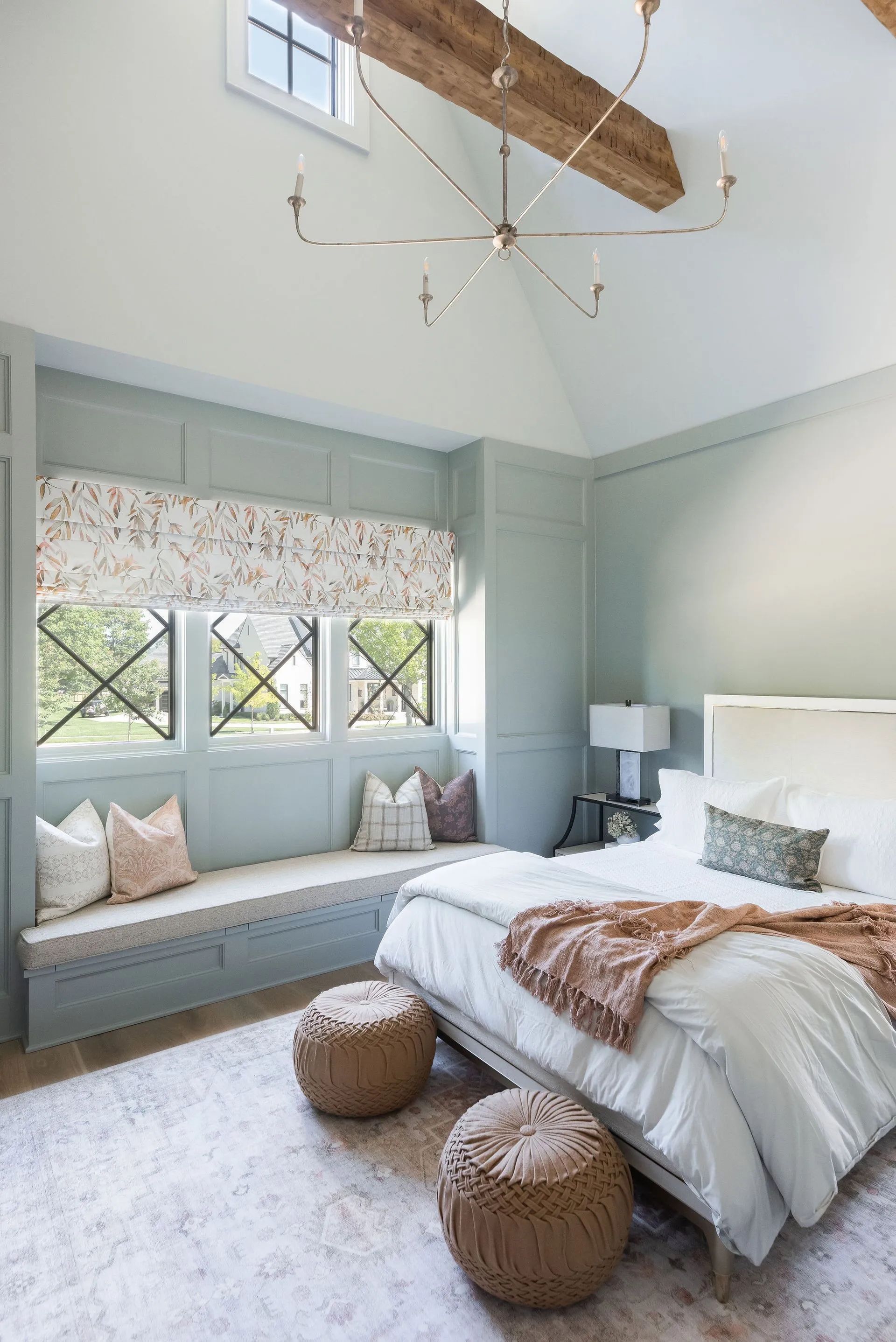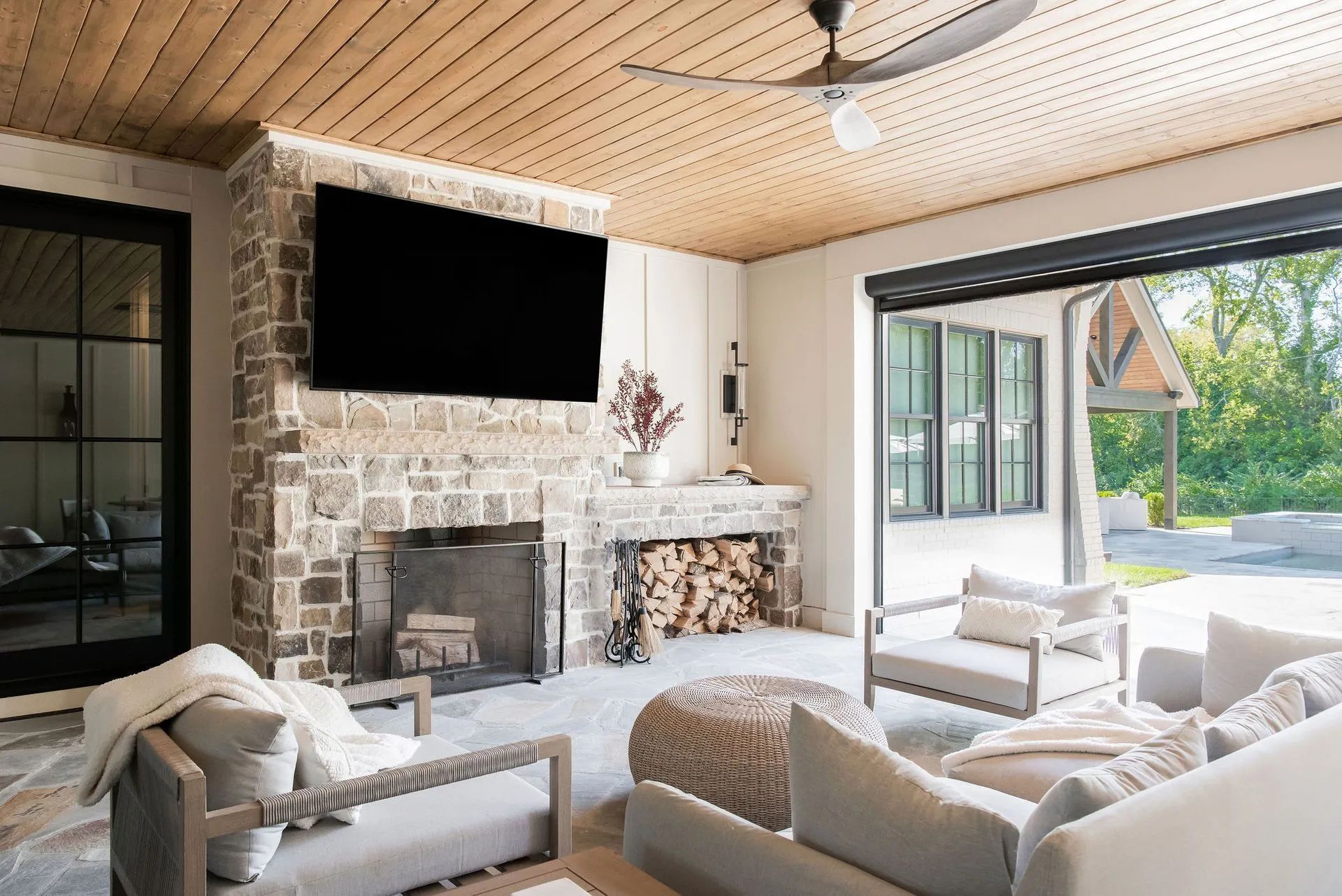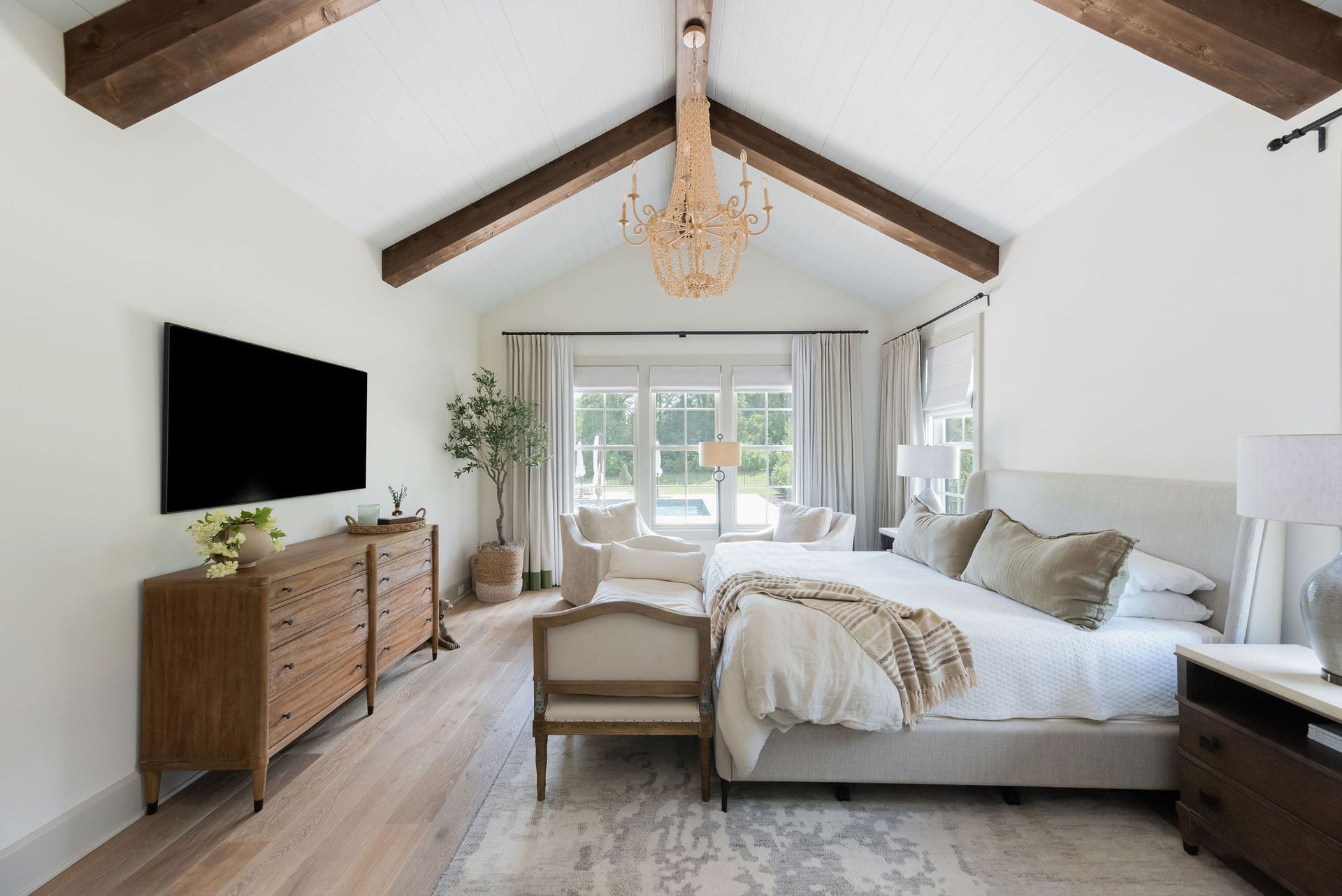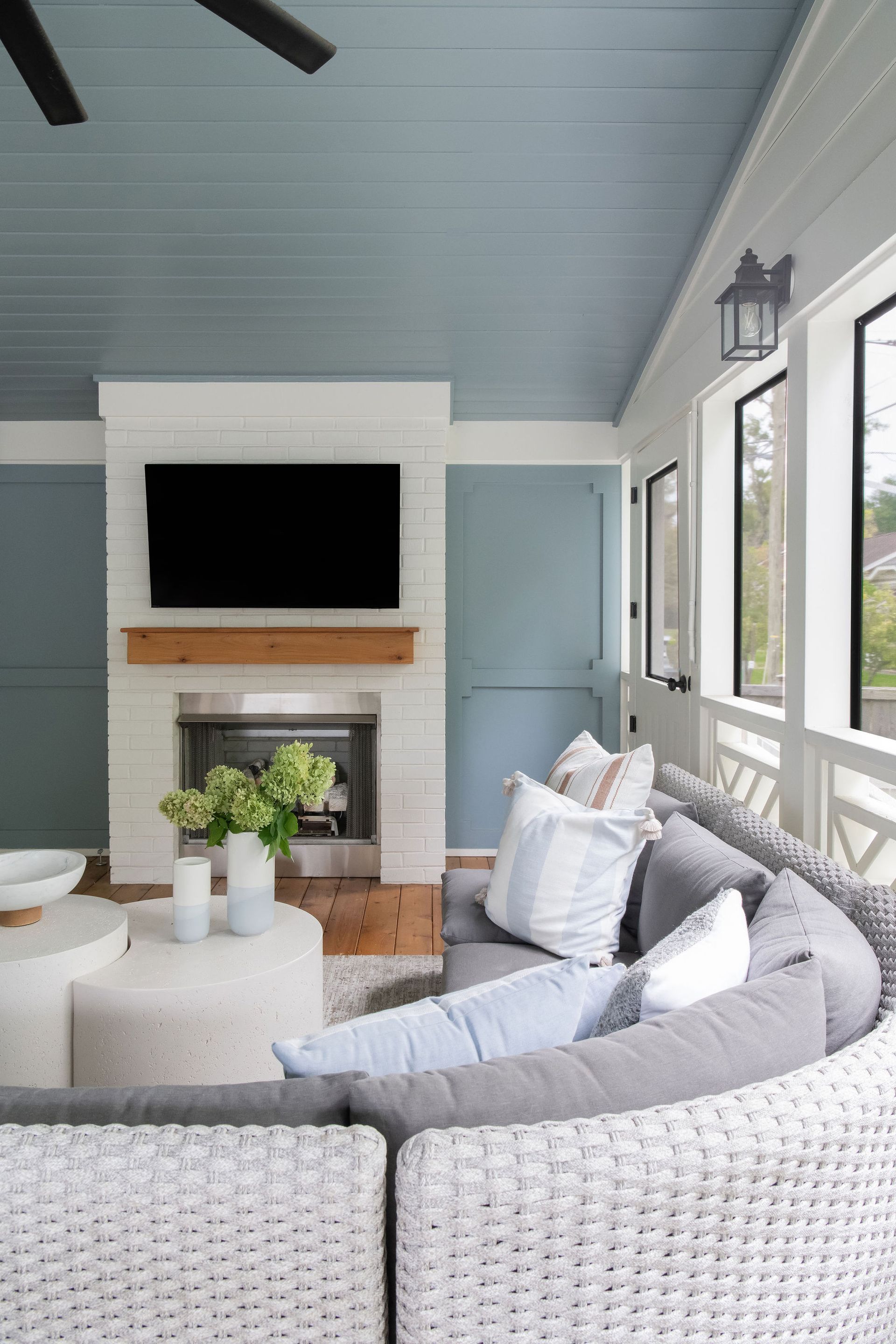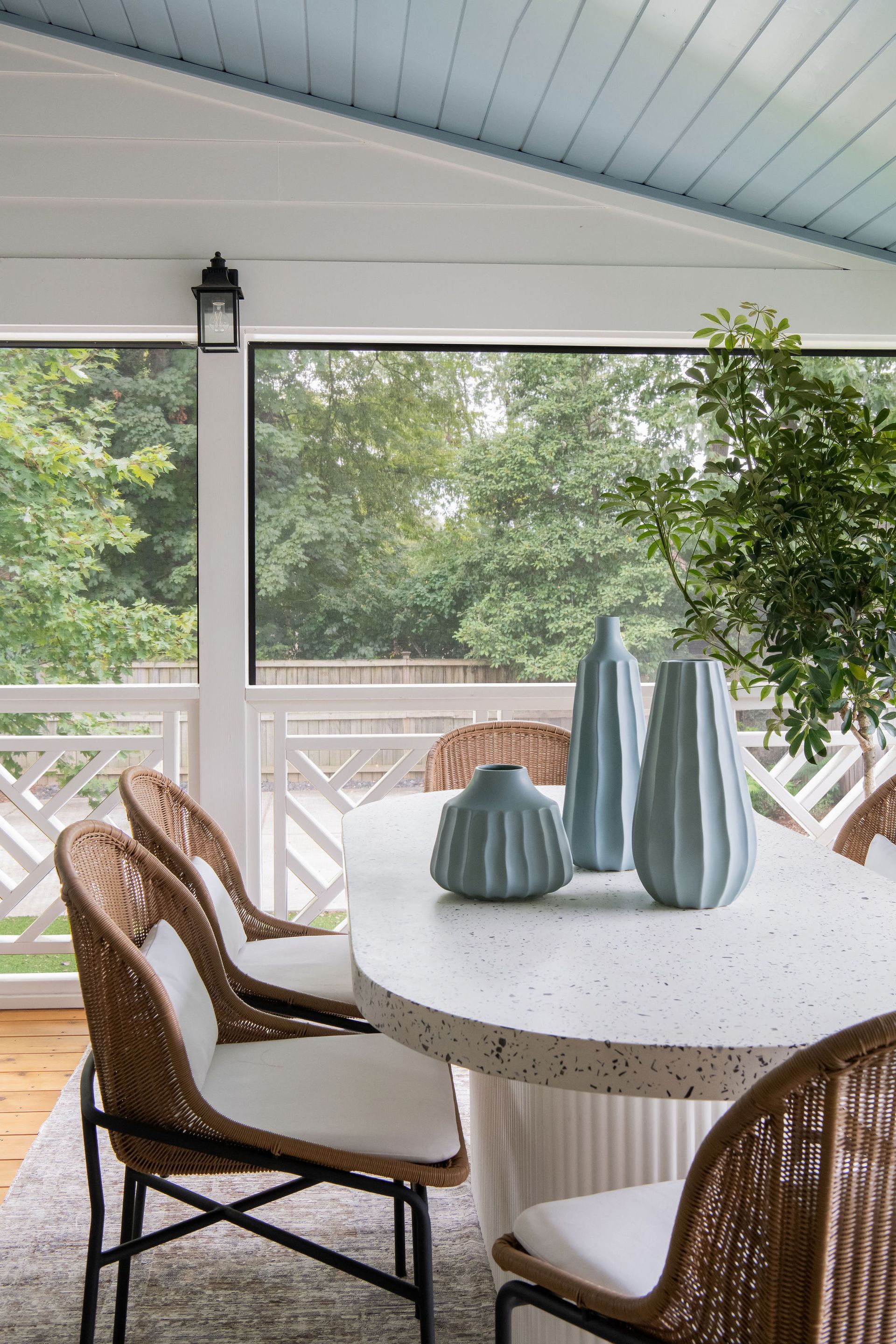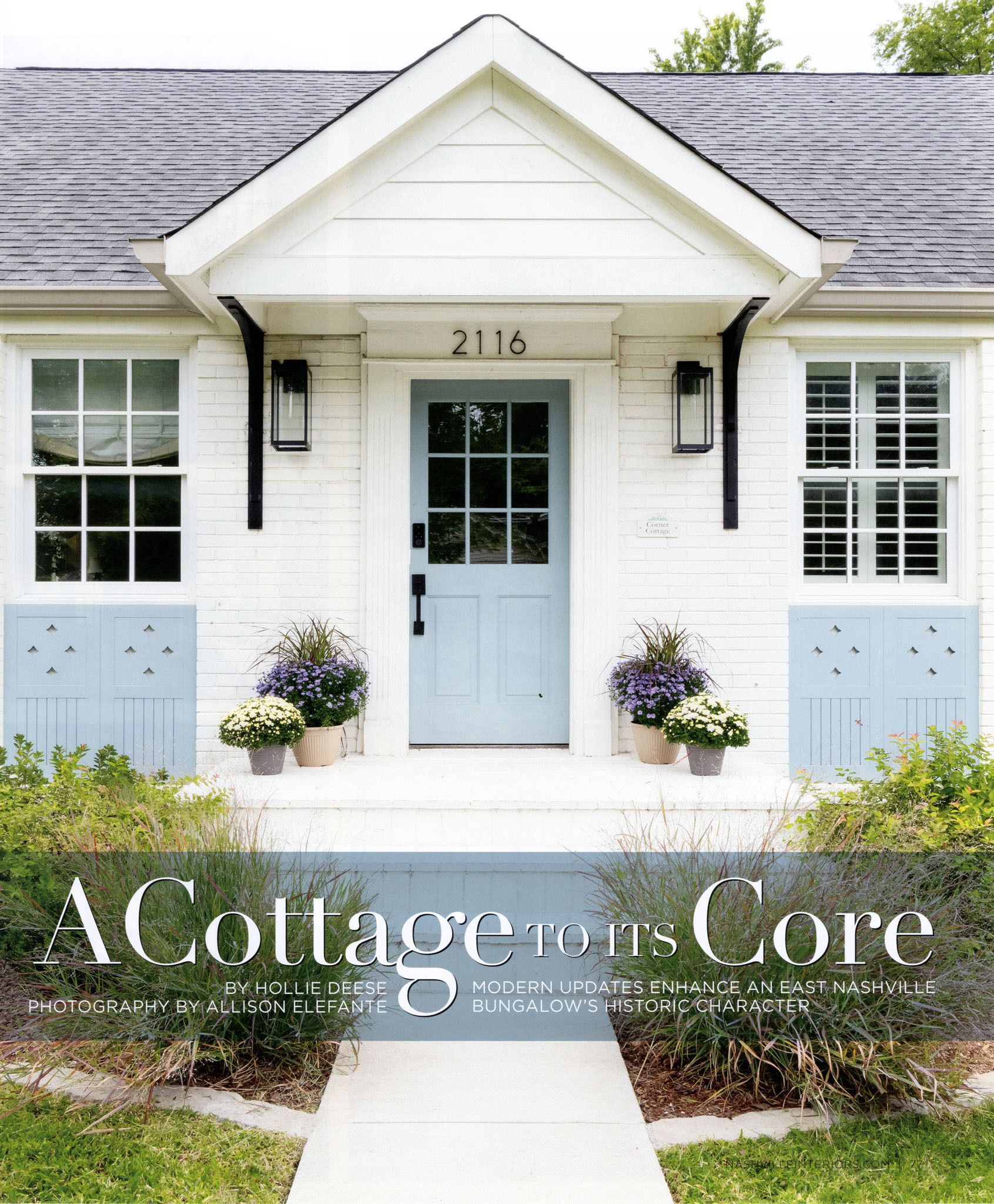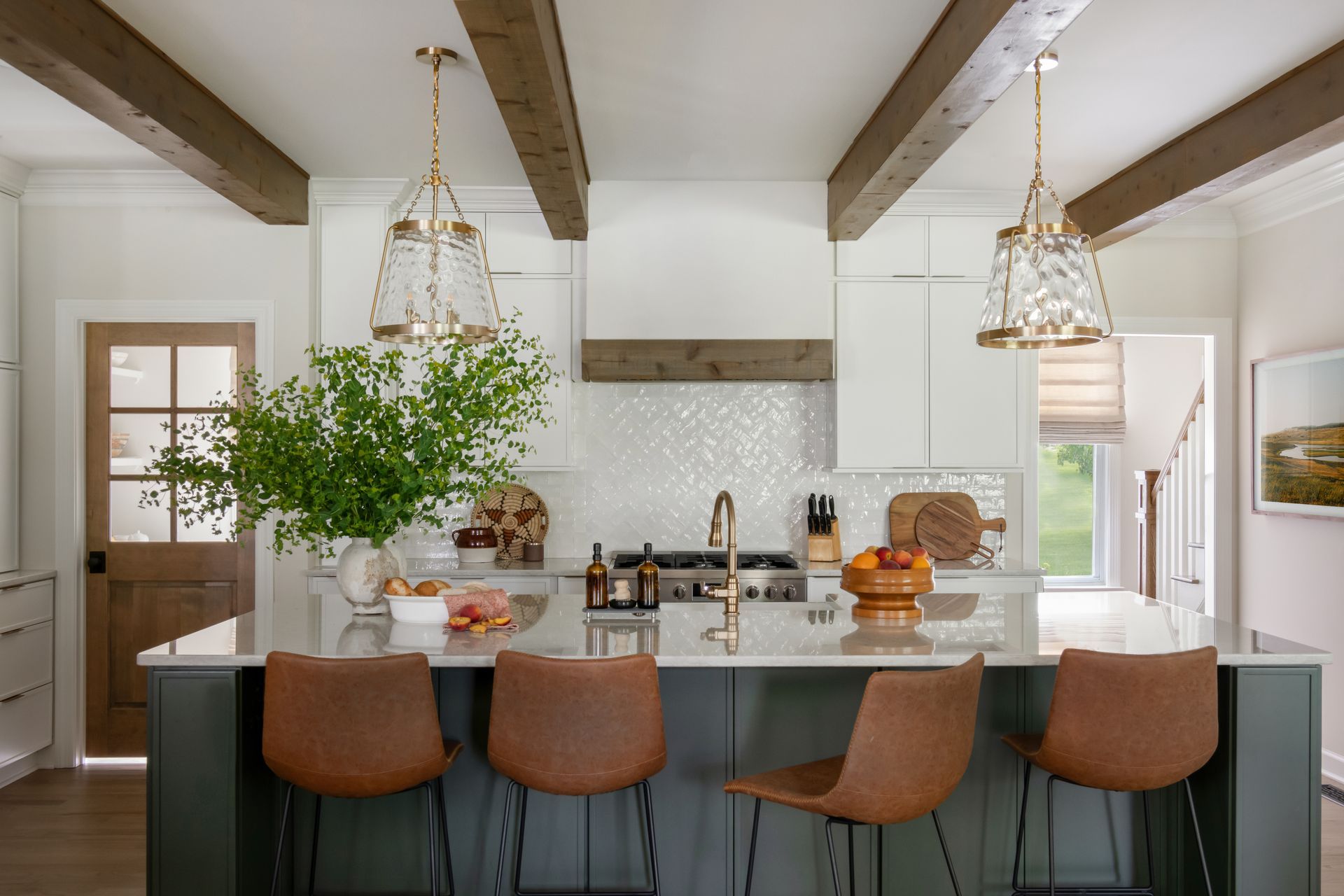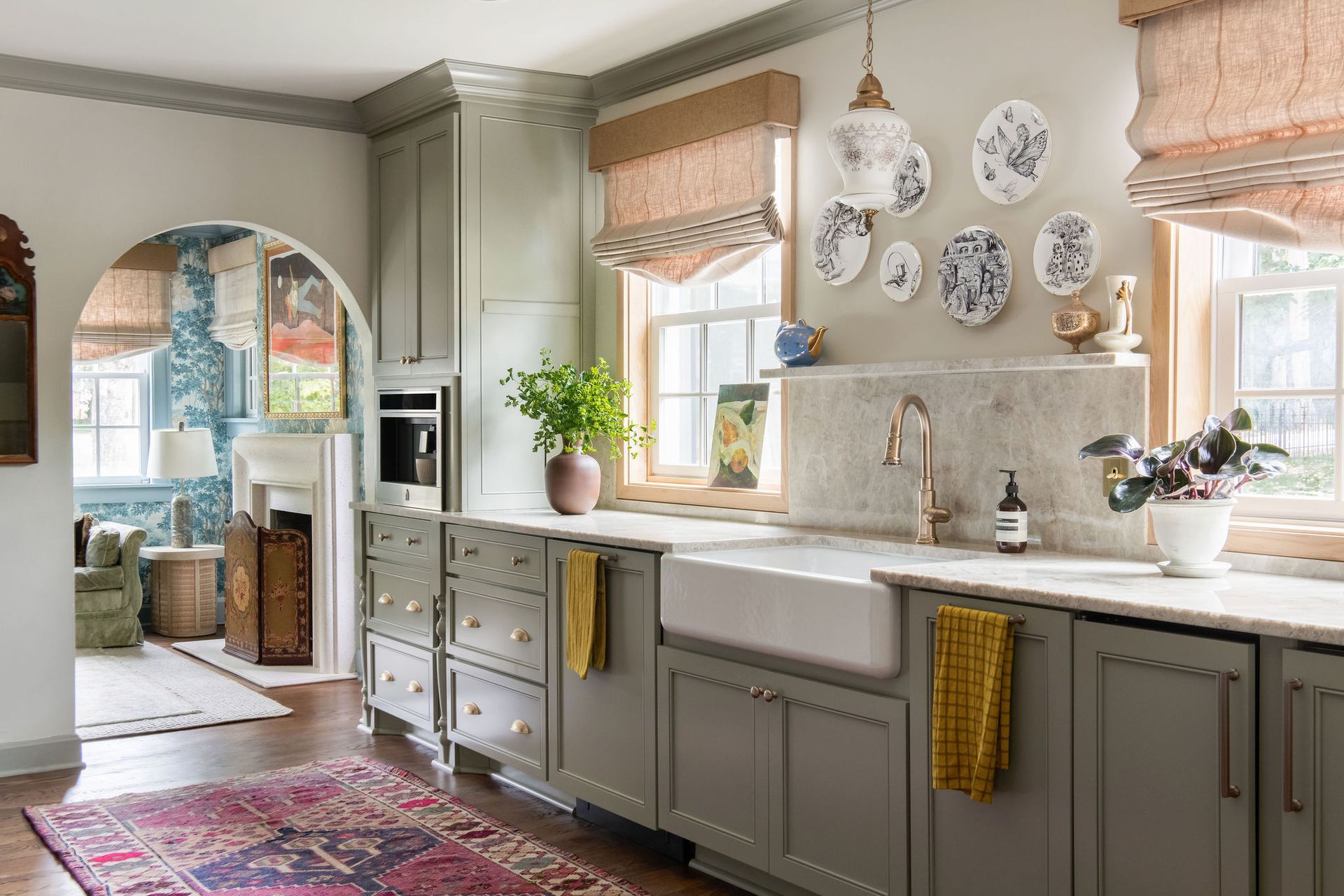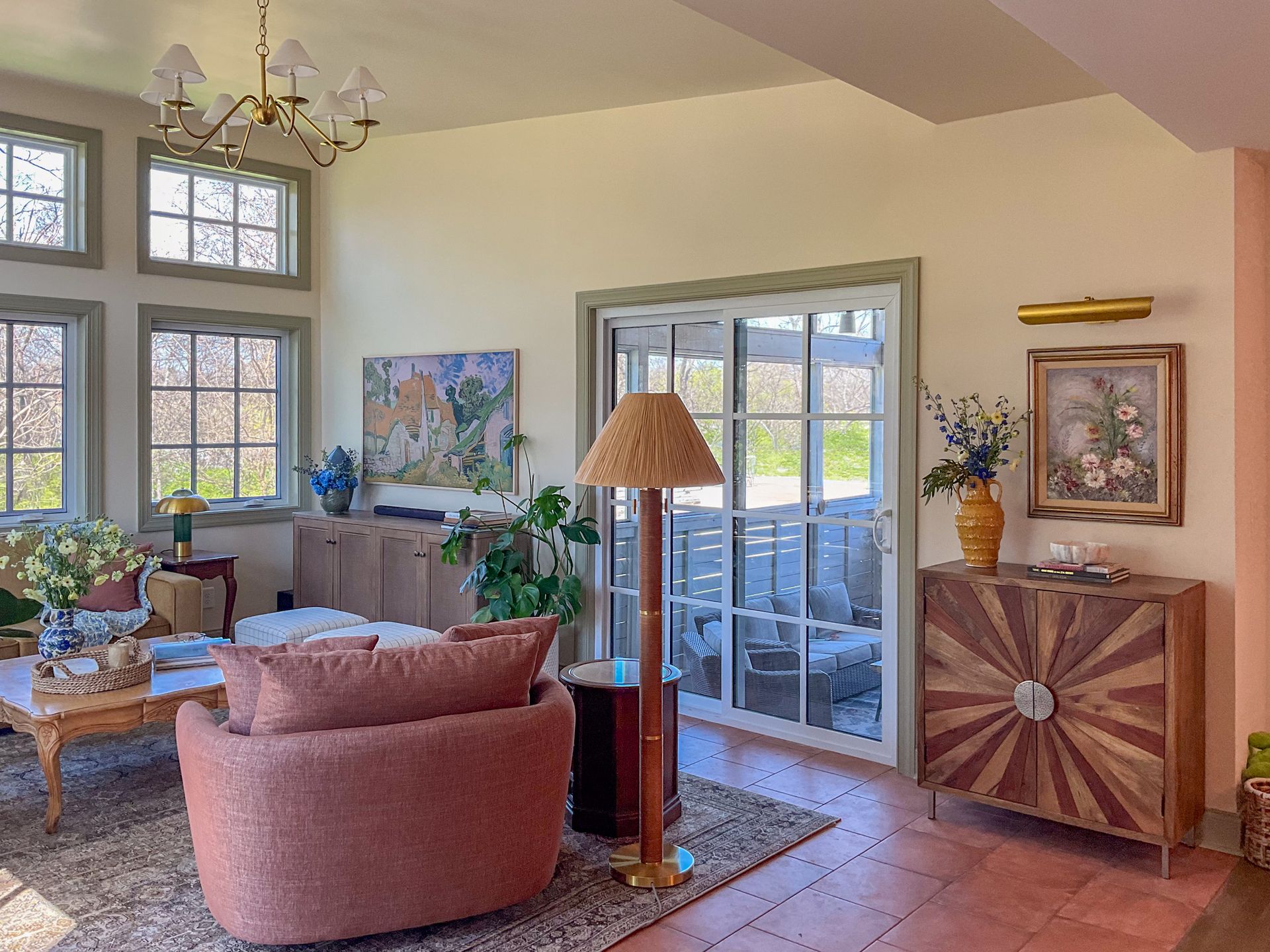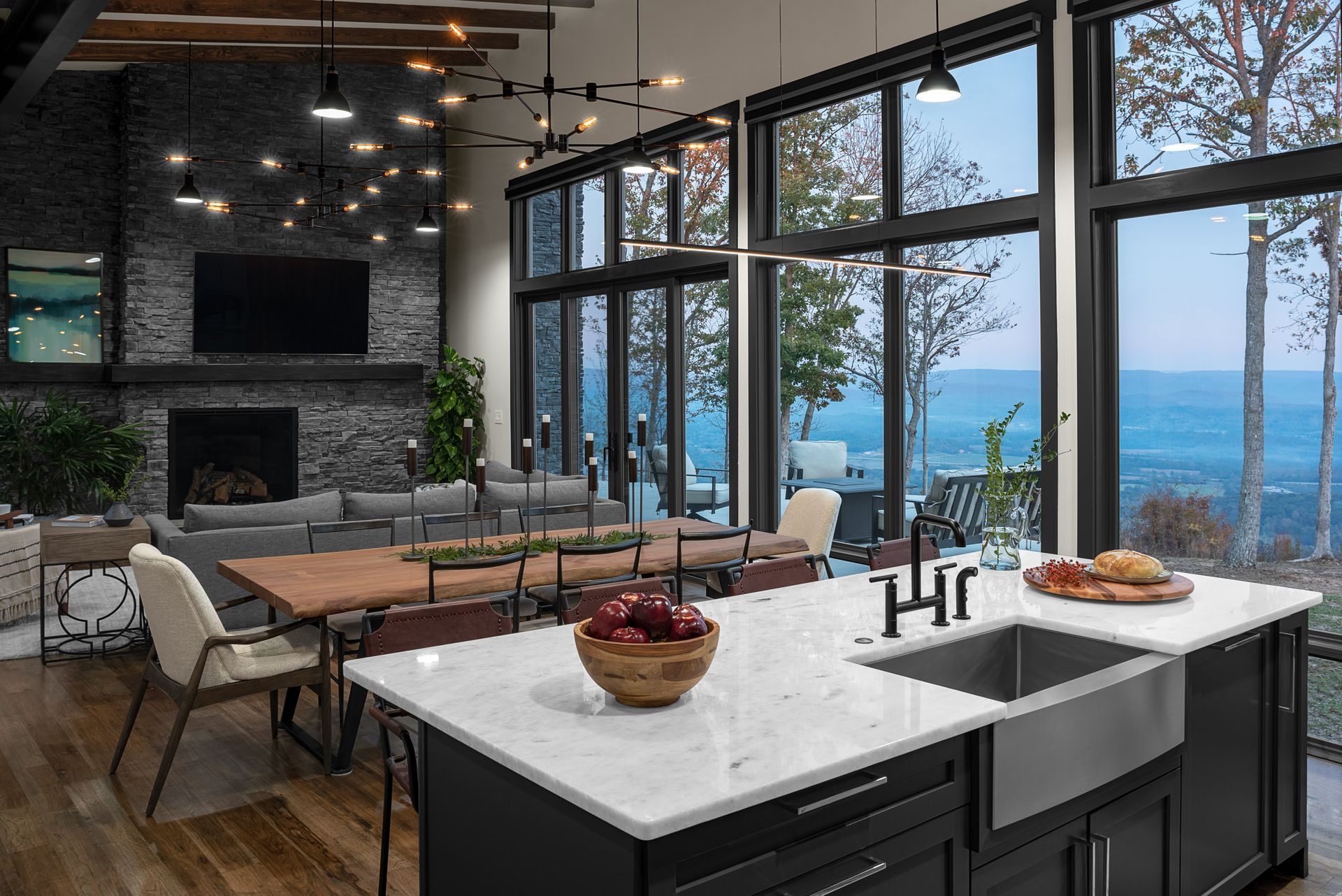Why b. blanton design Loves Working Hand-in-Hand with Contractors
How Collaboration Between Designers and Contractors Creates a Seamless Client Experience
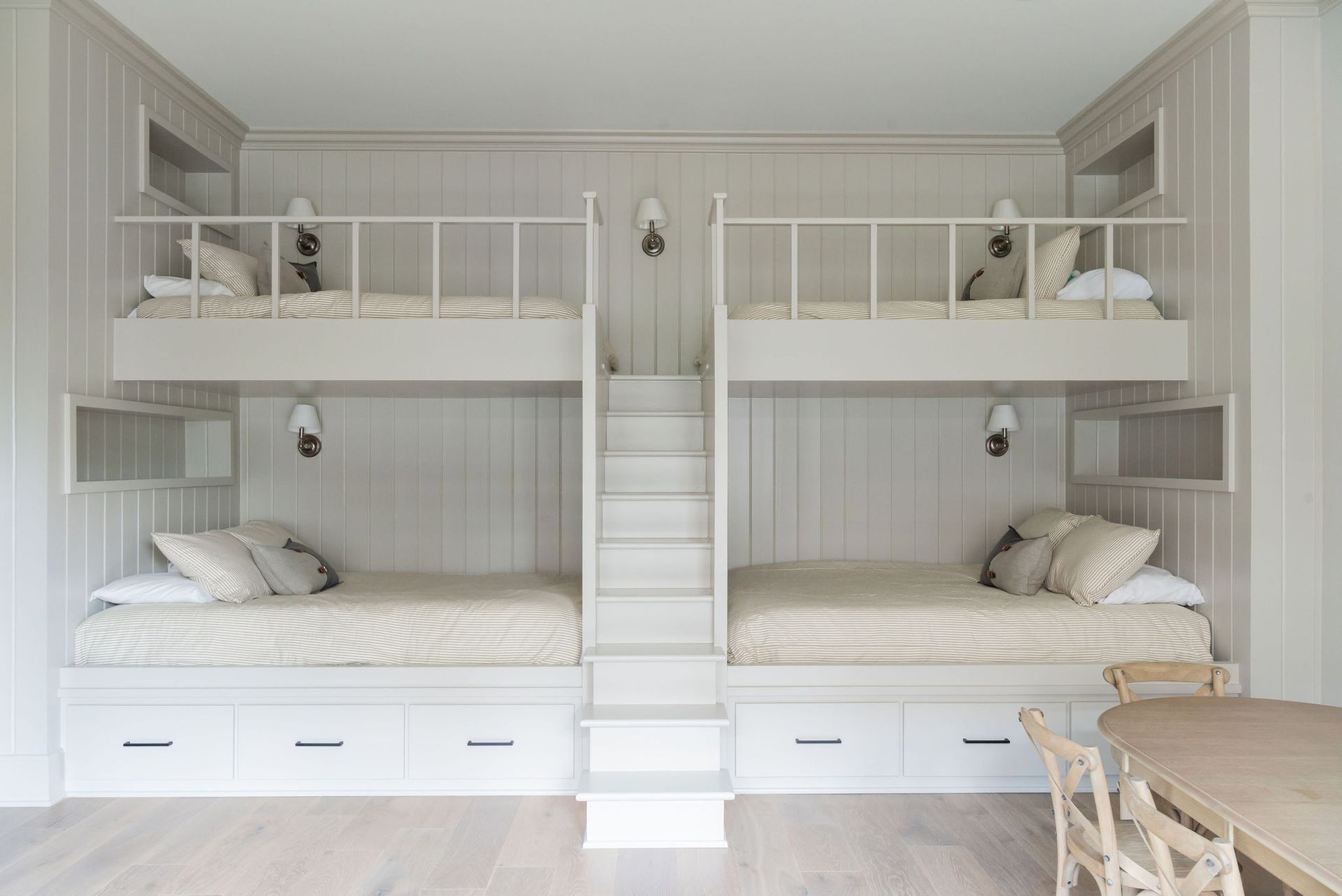
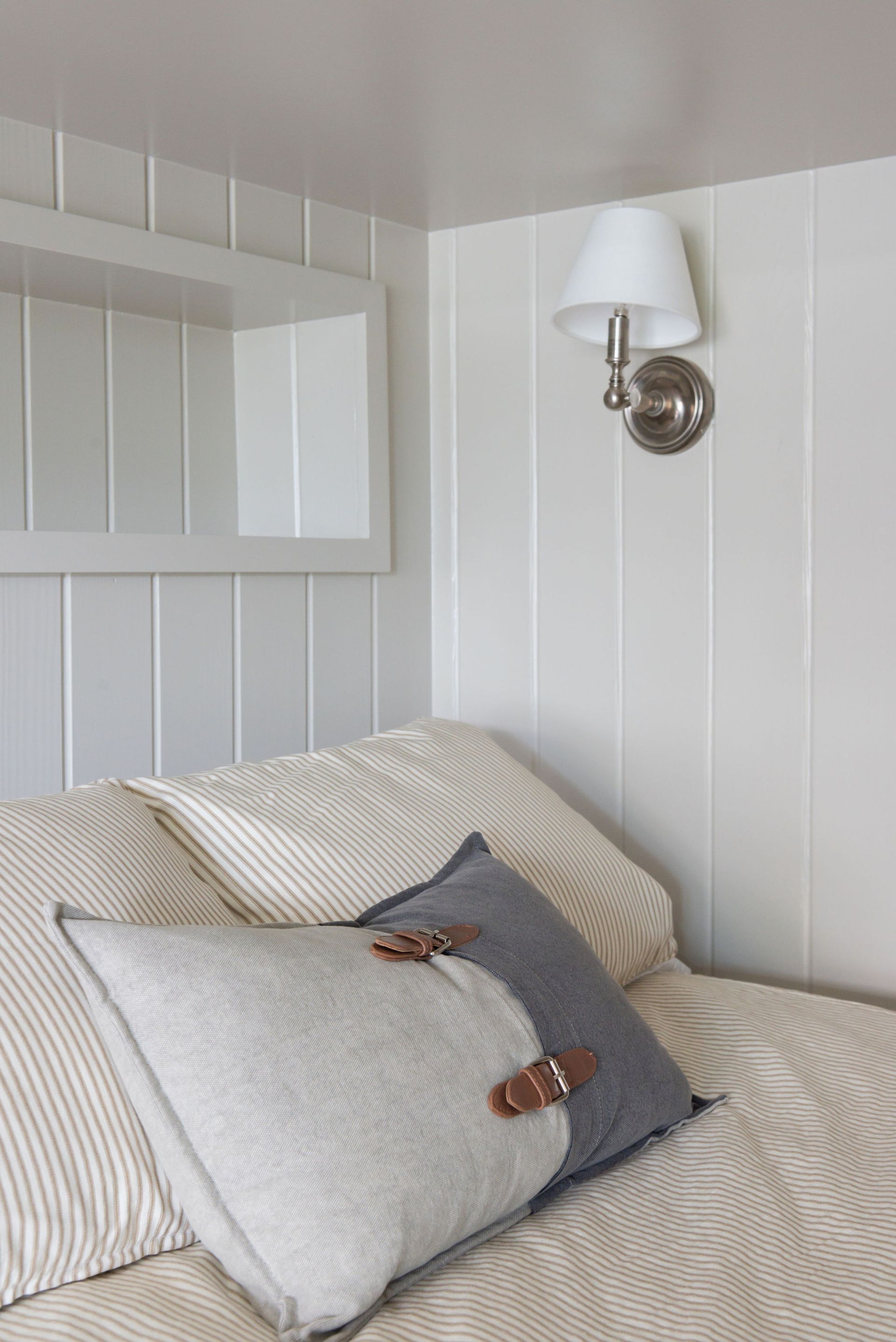
When you think about a home renovation or new build, it's easy to picture the beautiful end result—those perfect tile patterns, cozy lighting, and just-right layouts. But behind every seamless project is something just as important: a strong, trusted relationship between interior designers and contractors.
At b blanton design, we’ve found that our best work happens when we’re working closely with great contractors. Here’s why that partnership matters—and what we do to make sure it works smoothly for our clients.
Trust Is Everything
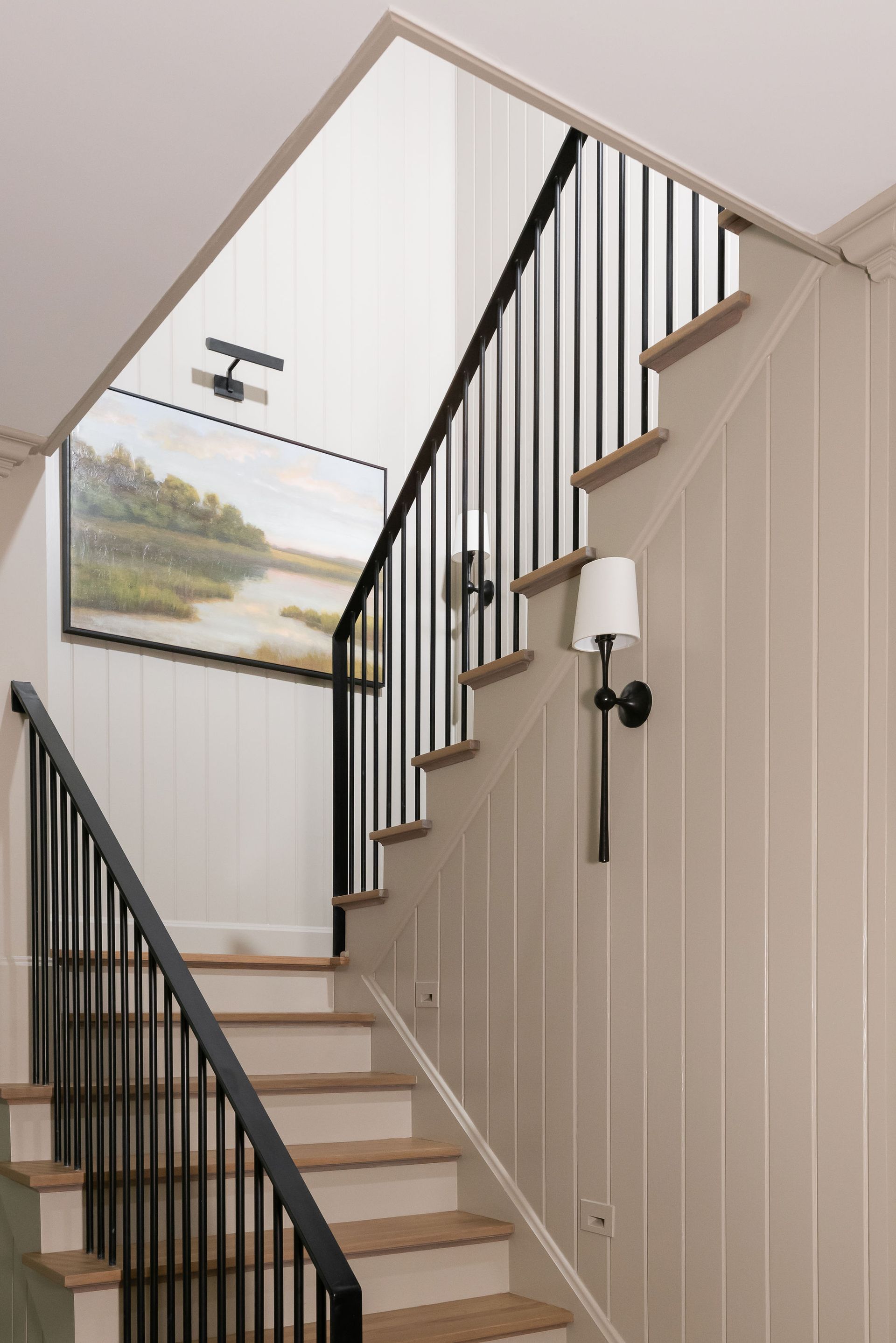
A good relationship with a contractor is like a good foundation—it holds everything together. When there’s trust and clear communication, the building process is smoother, faster, and much less stressful for our clients. We’re all on the same team, working toward the same goal: bringing your vision to life, beautifully and efficiently.
Set Expectations Before the First Hammer Swings

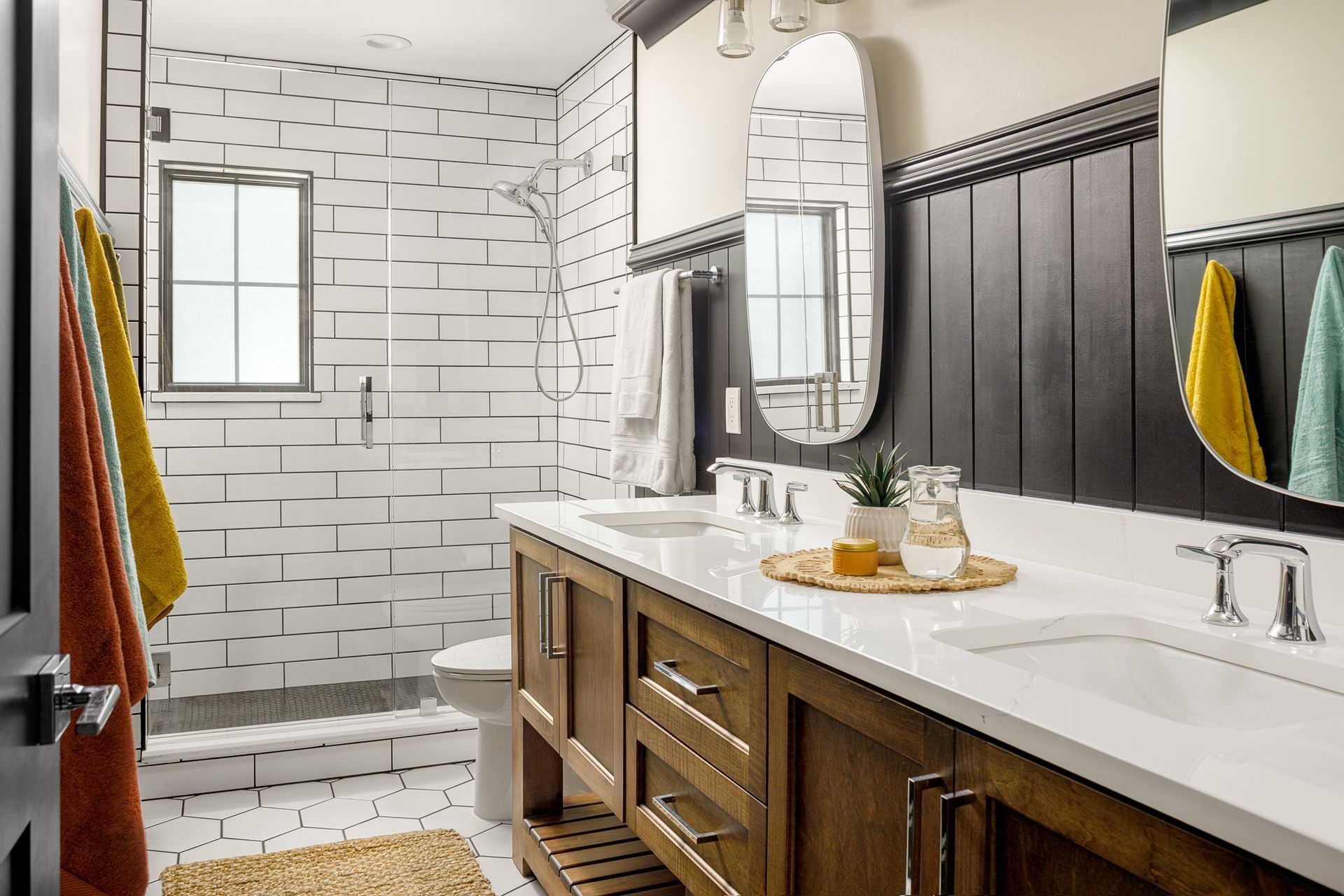
Before any work begins, we always sit down and talk through the details with the contractor. Who’s ordering materials? Where will things be stored? What’s the communication process? What’s the timeline?
These conversations may not sound glamorous, but they are essential. They help us avoid surprises, keep the project on track, and ensure that everyone knows what to expect from day one.
Bidding Done Right
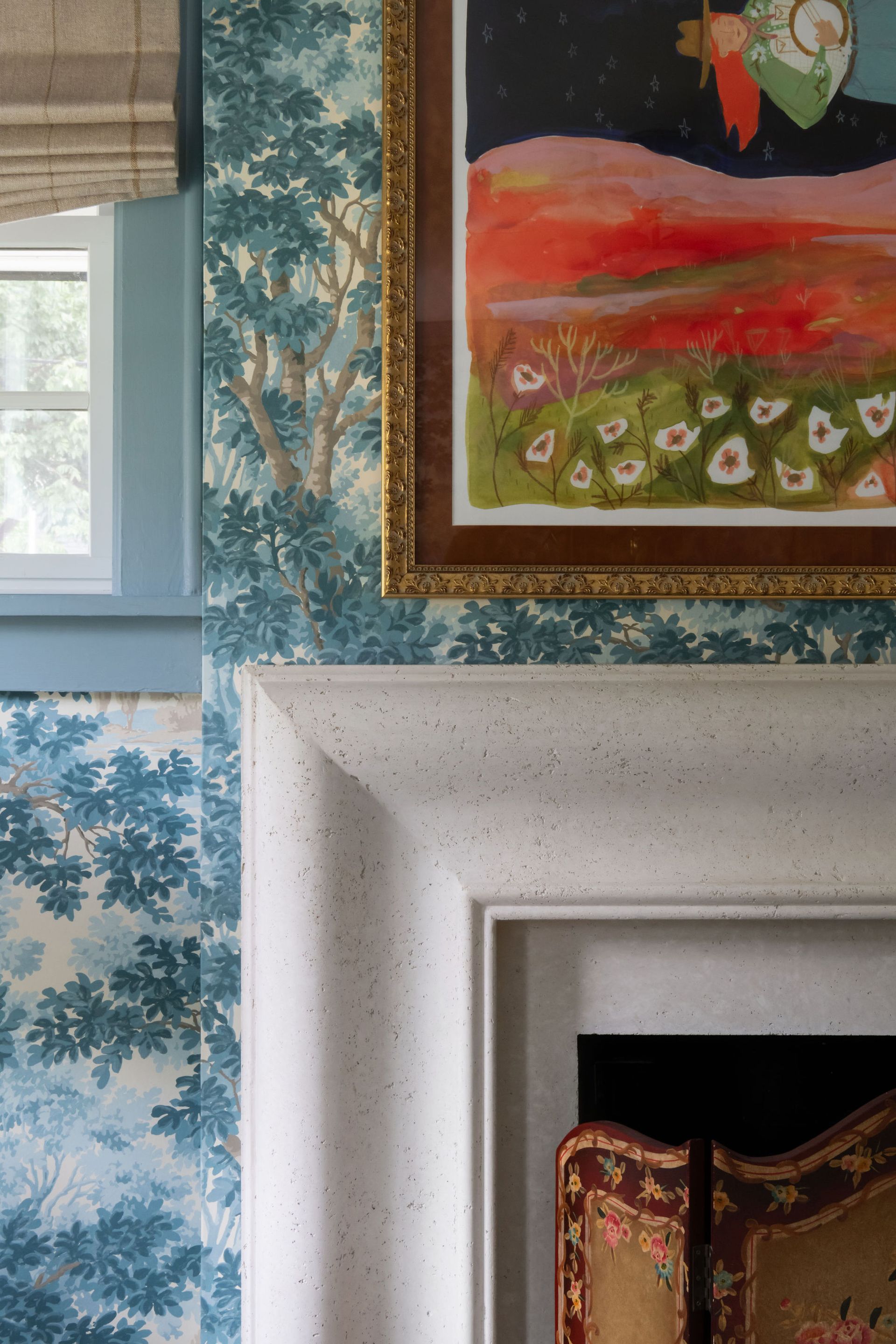
When we submit a project for a contractor’s bid, we aim to give as much information as possible. Even if all the materials or finishes haven’t been chosen yet, we make sure that appropriate allowances are included so that the budget reflects reality—not guesses. This way, there are no big surprises down the road.
Planning Is Just the Beginning

Every project starts with a well-thought-out plan on paper. But as anyone in construction will tell you, things can change once you're on-site. That’s why we collaborate with our contractors early on to flag any tricky areas and explore cost-effective, functional solutions before construction starts. Adjusting drawings and working through design challenges upfront saves time, money, and headaches later.
We’re Always Just a Call (or Text) Away


One of the biggest parts of our job? Being available. That means answering phone calls, texts, FaceTimes, and doing site visits throughout the project. We’re there to handle the day-to-day details, make on-the-spot decisions, and ensure every element of the design is implemented correctly.
Our detailed drawings help with pricing and direction, but real-life building always comes with questions. We stay on top of it all—so our clients don’t have to. Managing the back-and-forth with contractors is part of the value we bring. It takes the weight off our clients and keeps the project moving smoothly.
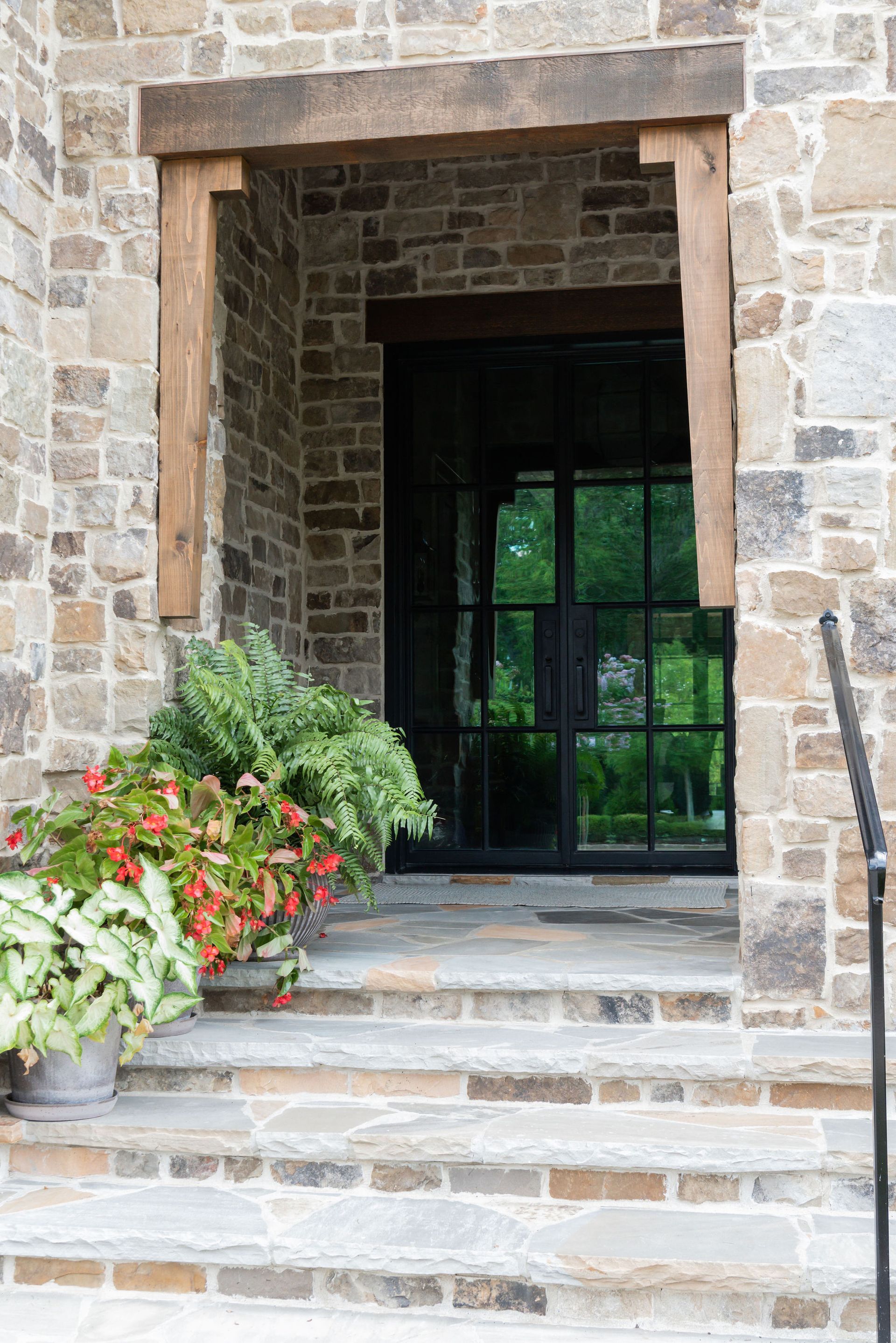
If you’re planning a renovation or new build and wondering how all the pieces come together—know that collaboration is at the heart of it. We love working closely with skilled contractors, and we love making the process as stress-free as possible for our clients.
Have a project in mind? Let’s talk!

